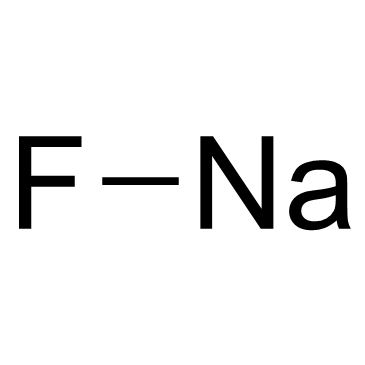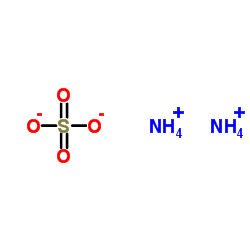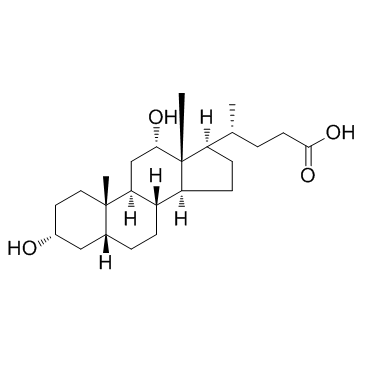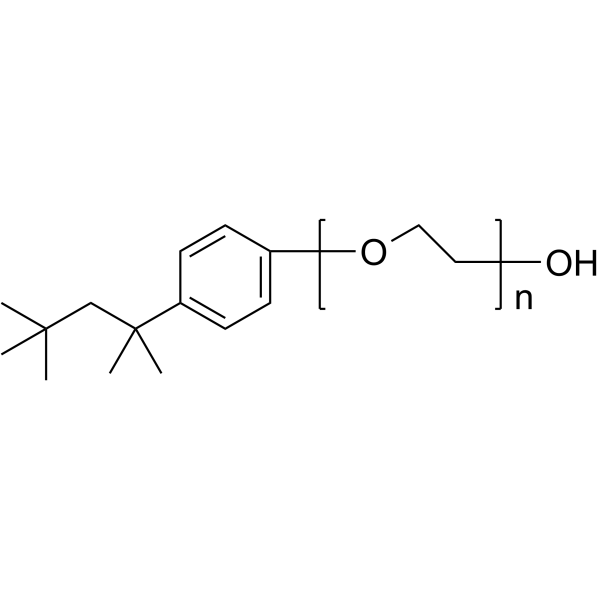| Structure | Name/CAS No. | Articles |
|---|---|---|
 |
Glycerol
CAS:56-81-5 |
|
 |
Sodium Fluoride
CAS:7681-49-4 |
|
 |
sodium chloride
CAS:7647-14-5 |
|
 |
sodium dodecyl sulfate
CAS:151-21-3 |
|
 |
Dimethyl sulfoxide
CAS:67-68-5 |
|
 |
ammonium sulphate
CAS:7783-20-2 |
|
 |
Deoxycholic acid
CAS:83-44-3 |
|
 |
Triton X-100
CAS:9002-93-1 |
|
 |
arsane
CAS:7440-38-2 |
|
 |
SODIUM CHLORIDE-35 CL
CAS:20510-55-8 |